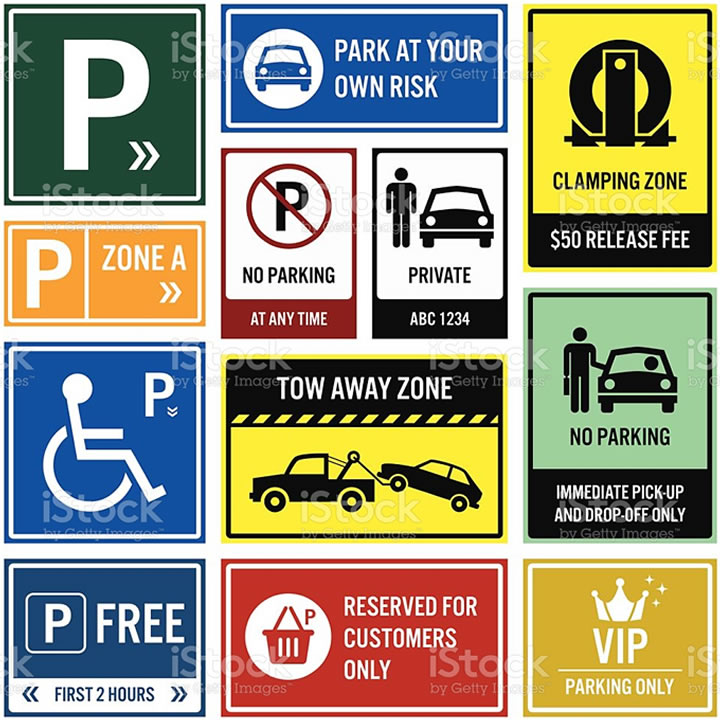Health and safety signs provide instructions about safety or health in a premise, using a signboard, an acoustic signal, an illuminated sign, a hand signal, or verbal communication. These signs are used in circumstances that pose a significant risk to the health and safety of those that are around. These signs are only appropriately used when they can further reduce risk.
These signs should only be used when they convey relevant information or communicate information that is specified in the regulations.
Here are some general rules on how to use health and safety signs:
Using signboards
When sign boards are used in a working premise, they should be bold and clear so that they are easily visible and can be understood quickly. For instance, when describing where to get Personal Protective Equipment (PPE) during the COVID-19 pandemic, then the signboard should clearly show where the equipment is.
While permanent signboards are necessary, they may not be useful in cases where the hazard is temporary. In such instances, the use of temporary signboards is acceptable. Even so, temporary signboards should still follow all regulations. For instance, during the cleaning of work premises, a portable sign showing that the slippery floor might be a hazard is necessary.
Additionally, health and safety signboards should not be used nearby. Signboards are only effective when they can be seen and understood. Therefore, when too many signboards are placed closely together, then there is a danger of confusion and misleading information.
Using Pictograms
Pictograms should not be complicated. If anything, they should be as simple as possible. In other cases, it may be useful to supplement a pictogram with text for easy understanding. This will reinforce the meaning of the health and safety sign.
Using signs on pipes and containers
In the workplace, some pipes and containers carry hazardous substances. They should generally be labeled with relevant pictograms. However, if the pipes are short and connected to a container that is signed then there is no need to use health and safety signs.
Using signs to mark rooms and enclosures
Any room or enclosure that stores hazardous substances should be properly marked by a suitable warning sign. When stores store hazardous materials, they should be indicated using a “general danger” sign, which is more effective in marking such rooms and enclosures.
Maintaining Health and Safety Signs
Health and safety signs should be properly maintained so that they effectively perform the function that they are intended for. Maintenance can include the routine cleaning of signboards or the testing of acoustic signals.
These signs need to maintain their intrinsic features even under power failure unless the hazard itself is eliminated by power failure.
The Bottom Line
Health and safety signs are one of the most important ways of communicating health and safety information in the workplace or various premises. They should be in place so that they can warn of potential hazards.

